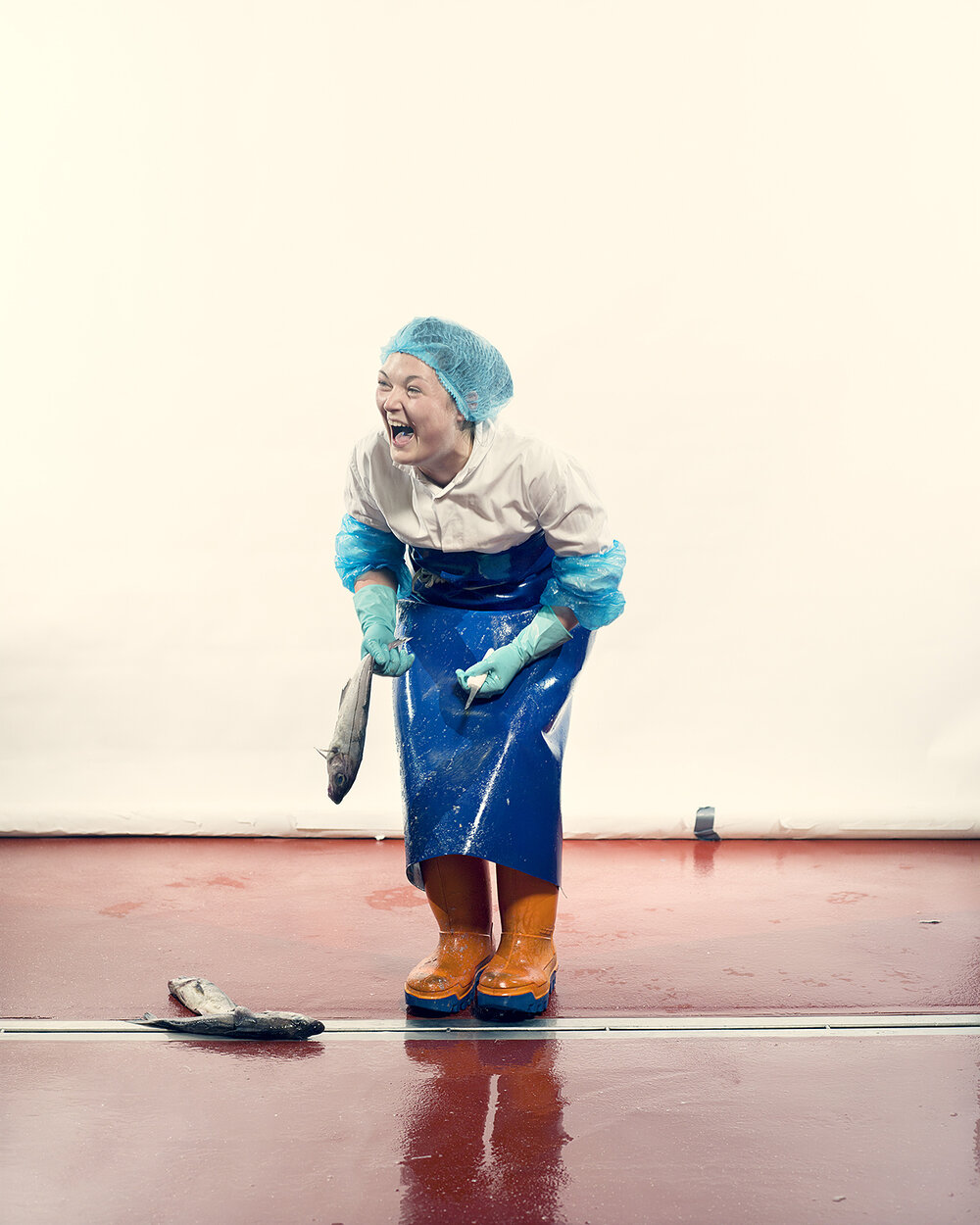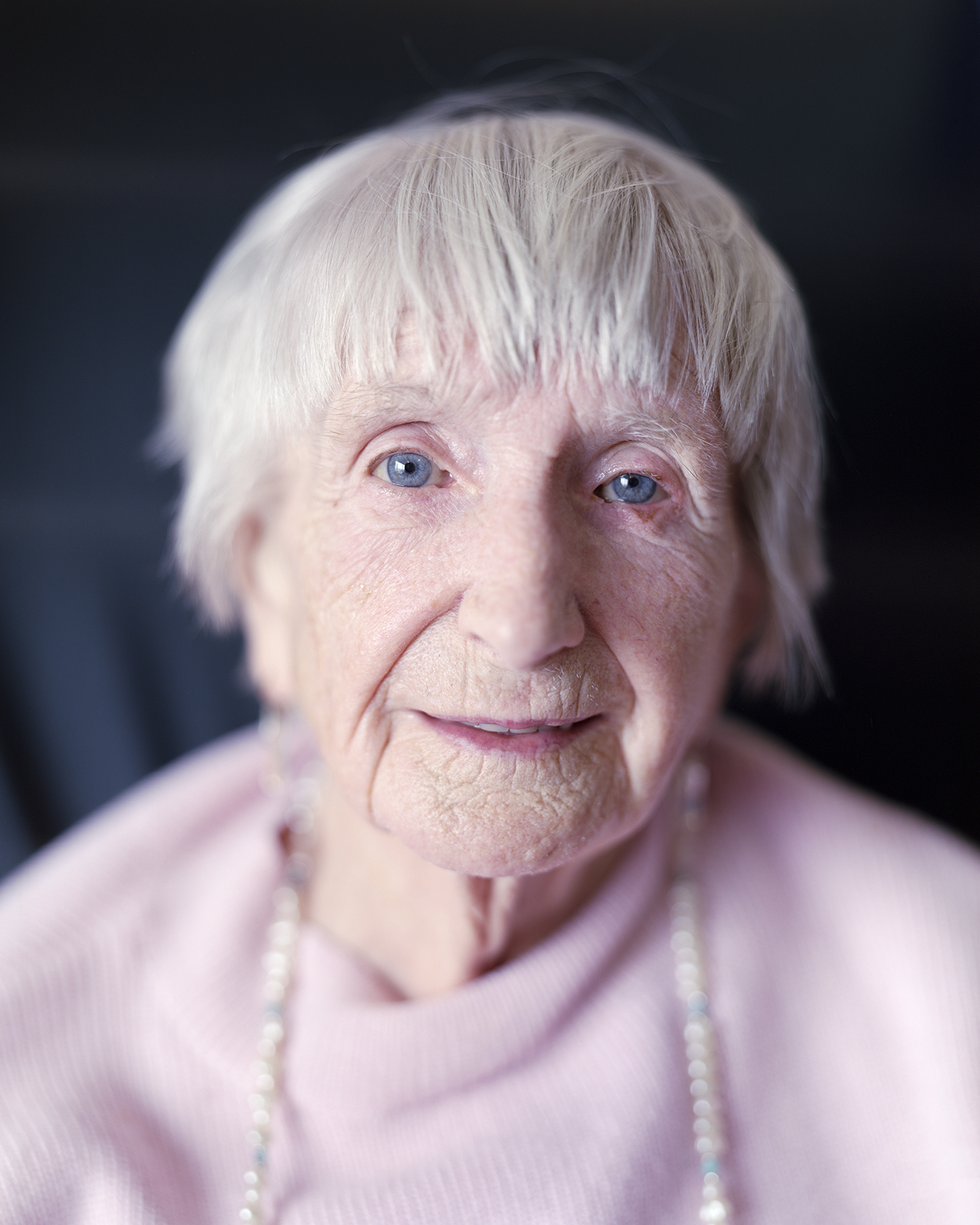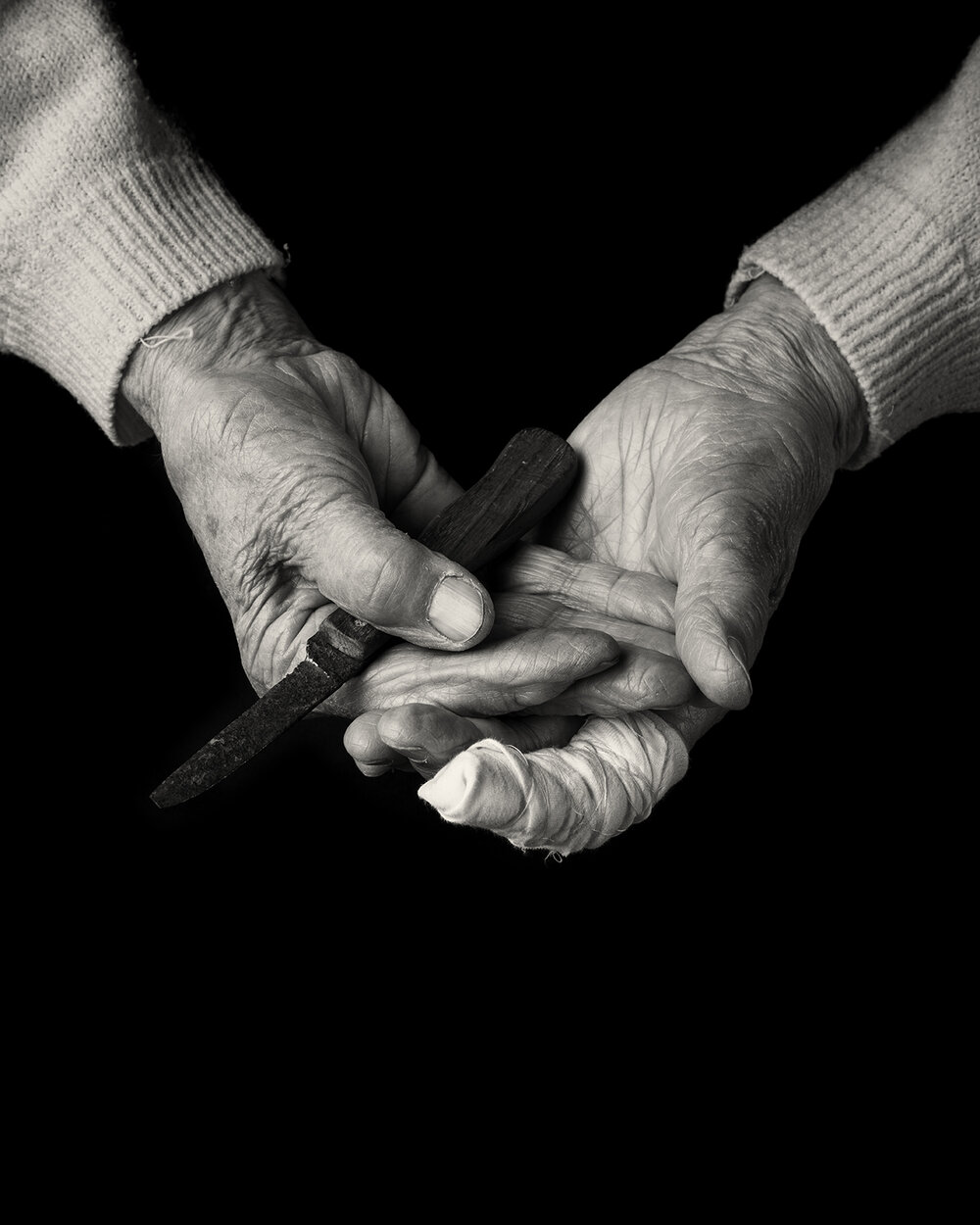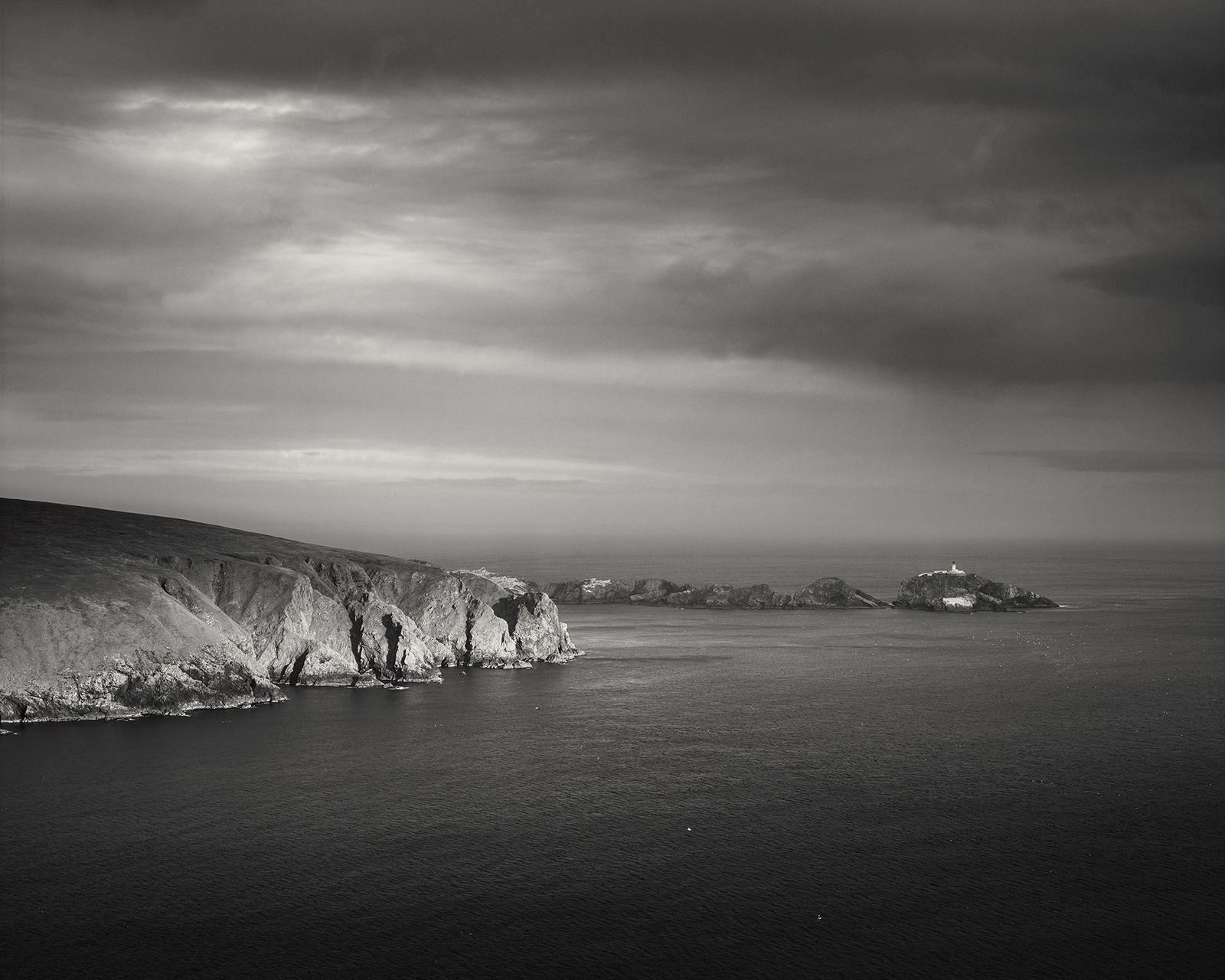Fisherwoman – Craig Easton
5th March - 14th May 2022
Fisherwomen follows women in the fishing industry past and present, through a series of photographs from the SONY World Photographer Of The Year 2021, Craig Easton.
Following the historic route of the old herring fleet from Shetland to Great Yarmouth, Fisherwomen weaves a compelling tale of a unique phenomenon in the history of British women at work.
Fisherwomen is both an exploration and a celebration of the long tradition of women in fishing, presented in three parts: contemporary portraits, heritage and journey.
FISHERWOMEN: Women have always played a critical role in the fishing industry. From the very early days they mended nets, gutted fish and baited lines, but they also did all the domestic work and raised the children. They even carried their men out to the fishing boats on their backs to ensure that they could go to sea in dry clothing.
Celebrated in the original calotype photographs of Hill & Adamson in Newhaven in the early 1840s and in the paintings of Winslow Homer, Isa & Robert Jobling, John McGhie and others from the 1880s to the 1920s, the fisherwomen of the British east coast were a common sight as they gutted and packed the herring into barrels on the bustling quaysides or carried the catch in baskets to sell door to door.
Today fisherwomen are no longer calling their wares on the quayside but are to be found mostly behind closed doors, working unseen in large fish processing factories, smokehouses and small family firms all around the coast. They are still fiercely proud of what they do.

©Craig Easton, Louise Hutchins, filleter, Aberdeen, 2013
‘I’ve never had a job like it, it’s constant banter. It’s piecework and I was one of the fastest gutters – it took me a couple of months to learn it and a year to pick up speed. My hand used to cramp up and I used to stab my finger all the time.’ Louise Hutchins.
HERITAGE: The herring lassies are a unique phenomenon in the history of British women at work. A band of female-only migratory workers, who from 1860 onward left their families behind to follow the Scottish herring fleets to gut and salt-pickle the catch. The work was tough, the salt ate into their fingers, and they labored long hours outdoors in uncovered, unpaved yards surrounded by fish guts, but as workers they were fiercely respected, and the women valued their independence.
The tradition of ‘going to the herring’ was passed from mother to daughter for almost a hundred years and at its peak in 1913 as many as 6,000 herring girls would come to Shetland in early summer, staying in purpose-built gutters’ huts and working three to a crew: two gutters and one packer. The money was one thing, the camaraderie and freedom from parental control another with many older women remembering the time spent living in cheap lodgings and working long hours gutting and packing on the quayside as a ‘holiday’ despite the physical discomfort of bending down low over the farlan (the wooden trough the herring were tipped into) and the hazards of deep cuts from razor sharp knives.

©Craig Easton, Mary Williamson, gutter, Whalsay, Shetland, 2019
‘At the end of the season, I set off from Lowestoft to London and I was there nearly three weeks. Oh dear, I fairly enjoyed that. I spent all my money. We’d had such a busy season; we were awfully well paid. I was at Simbister, one year, Lerwick two and then three and then four. And then I married. Silly me. I was twenty-two.’ Mary Williamson.

©Craig Easton: The hands that gut the herring I
JOURNEY: From the early part of the nineteenth century right up to the middle of the twentieth century, the herring fishery was one of the most important industries in Scotland. Each year as the shoals swam south through the North Sea, the fishermen of the herring fleet followed them. The east coast men began their journey in Shetland in the early summer and for the next six months sailed south bringing their catch into the fishing towns and villages down the length of the North Sea coast of the British Isles. The annual pilgrimage ended in the early winter at the English seaside resorts of Great Yarmouth and Lowestoft.
Whilst the fishermen travelled by sea, the fisherwomen mirrored their journey by land travelling from port-to-port gutting and packing the herring into barrels on the quaysides. The majority were Scots, but they were joined by women from the east coast of Ireland and a few from England, with special trains laid on to take the women south. Before the days of large factory ships with facilities to process the catch at sea, the connection between the fishing ports was tangible.
‘All the boats used to moor up, tie up at the weekend because the Scots fishermen, they never fished on a Sunday. The Englishmen did, but never the Scots. They all went to church with a Bible under their arm and sang hymns. They got drunk on Saturday, then went to church on Sunday to have their sins forgiven and then Monday they were all out at sea again.’- Edna Donaldson.

©Craig Easton, Muckle Flugga, Shetland, 2018
CRAIG EASTON is an international multi award-winning photographer whose work is deeply rooted in the documentary tradition. He shoots long-term documentary projects exploring issues around social policy, identity and a sense of place. Known for his intimate portraits and expansive landscapes, his work regularly combines these elements with reportage approaches to storytelling, often working collaboratively with others to incorporate words, pictures and audio in a research-based practice that weaves a narrative between contemporary experience and history.
A passionate believer in working collaboratively with others, Easton conceived and led the critically acclaimed SIXTEEN project with sixteen leading photographers exploring the hopes, ambitions and fears of sixteen-year-olds all around the UK. SIXTEEN was exhibited at Northern Eye Festival in 2019 and in over 20 other exhibitions throughout 2019/2020 culminating in three simultaneous shows in London.
FISHERWOMEN, his long-form examination and celebration of women in the fishing industry has been exhibited widely in the UK and internationally. An exquisite large-format portfolio was published by Ten O’Clock Books in 2020.
In April 2021, he was awarded the prestigious title of ‘Photographer of the Year’ at the SONY World Photography Awards for his work Bank Top. A monograph, recently published by GOST books in 2022 is now available from the link below.
Easton is a regular visiting lecturer at universities and runs workshops internationally. His prints are widely collected and held in important museum collections in the UK and internationally.
FISHERWOMEN, a large format 24pp 11”x15” limited edition portfolio is available from www.tenoclockbooks.com
BANK TOP, Easton’s award-winning series from the SONY World Photography Awards 2021 is available to order NOW at www.craigeaston.com

